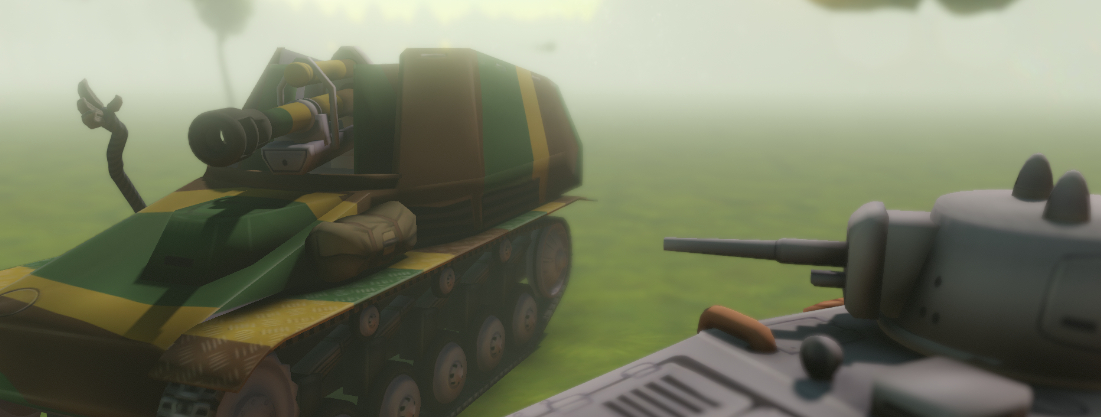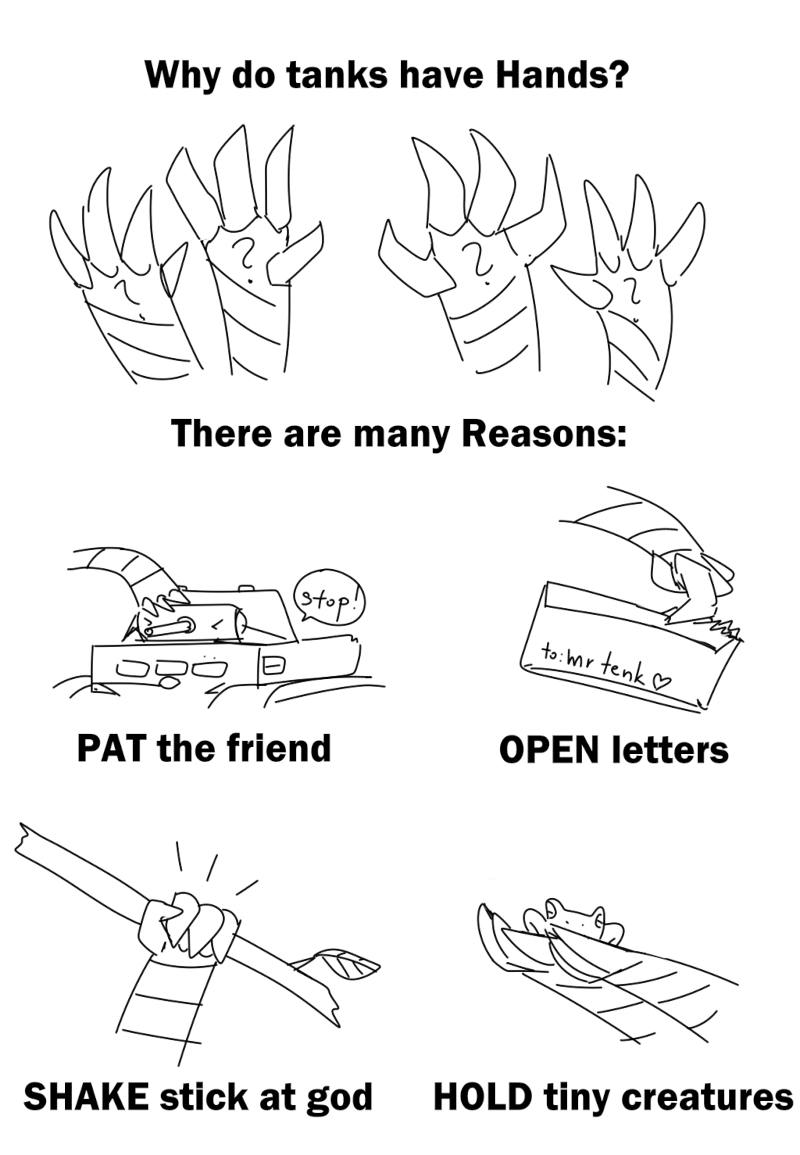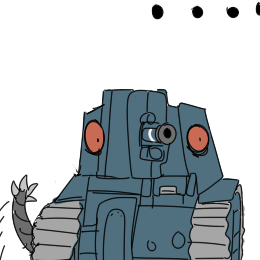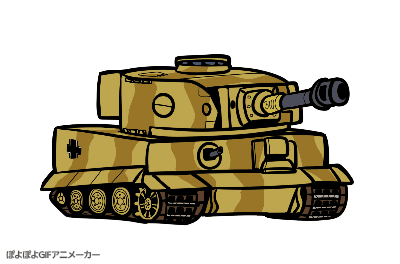Interacting with the Environment
Perceiving their Environment
Like us, vehicles see, hear, and smell the world around them. Despite what some claim, they don't have a sense of taste.They possess optics in several places on their hulls and turrets, which can be used independently to see. Thus, they usually have a view of everything around them, even though that view is greatly limited by the quality of their optical equipment and the fact that usually optics are just small slits to protect them from damage. When currently not in use, optics are usually shuttered - it keeps the wear from environmental factors like sunlight, rain, and dust as minimal as possible. They also have their gun sights, which allow them to see things farther away than their optics can see.
SPGs have special sights, the Artillery Sights, which enhance their ability to perceive the world around them, even when darkness or the lack of a direct line of sight would obscure it from their normal optics. Sometimes, other vehicles are equipped with such sights, but many core types lack the processing power necessary to interpret the complex feedback from these sights while also performing other tasks. Occasionally, users of artillery sights are converted former SPGs that kept them even after rebuilding the rest of their frame.
Most vehicles aren't equipped with sufficient nightvision, which makes them see as poorly as humans do at night - often even worse than that. They can use their headlights, and artillery sights don't require light, but true nightvision is reserved to very few. Therefore, battles at night are very unusual.
Manipulating Objects
Every vehicle possesses something that could be best described as 'tiny robot arms'. The number and exact shape/length/size/strength may vary depending on the vehicle type. The average tank arm can be used to pick up and move things of medium weight. For example, they could use them to lift a tractor tyre, but not another vehicle.The arms have the appearance of a long, flexible tow cable with a clawed hand at the end. They can be tucked away inside the vehicle's frame and also used to manipulate objects inside it without having to expose the arms to the outside. With enough force, arms can be torn from their mounts; this can happen if the vehicle gets them caught on something or tries to hold on to things that are too heavy or moving out of the arm's maximum extension range. Bending the flexible arm too harshly can cause it to snap. Having one's arms cut off or ripped out is a punishment in some places, or a violent way to restrain a vehicle. Replacing a damaged or torn-off arm is a complicated procedure that generally requires a workshop visit.

Reloading - All fighting vehicles have an automatic loading mechanism. Depending on how skilled they are at operating it, they may need a longer or shorter time to reload, within the boundaries of their average reload time. Ammunition is resupplied through ammo hatches.
Refueling - Fuel is consumed by simply grabbing a can and pouring it into the vehicle's intake.
Maintenance - Given they have the necessary supplies and standard tools with them, vehicles are perfectly capable of taking care of their own regular self-maintenance. They can also assist other vehicles with such tasks.
Operating Devices and using Utensils - this includes telephones, computers, and similar devices which require manual input via buttons. Arts and crafts or writing with pens is something vehicles are capable of with the use of their hands, but intricate designs may be too challenging to create with the limited fine motor control.
Many other tasks can't be fulfilled by regular vehicles however, which is why tank recovery vehicles exist. They perform upgrades, major repairs major maintenance, and various other things that require either fine motor skills, specialized tools, or heavy-duty equipment like cranes.
Interacting with Each Other
In everyday and casual contexts, vehicles simply talk to each other by using their 'voice boxes' - a device seperate from their radios that is used to synthesize speech. This is also how they communicated with humans. Their 'standard' voices are randomly distinct from each other to distinguish individuals more easily, but can be altered deliberately and even accurately imitate another's voice with some practice.There is also the option to communicate nonverbally through their radios. For more information on radio communication, see this article.

The main natural hazards for vehicles are extreme weather conditions. Trivial causes of death caused by their environment are freezing, drowning, falling off cliffs, getting bogged down in bad terrain, and so on. Going too close to extremely radiated areas can also be harmful to their technical components.





I can relate I too furiously shake stick at god
Relatable tanks, you never expect them but here they are!
Check out The Hummelverse, the world of AI tanks!